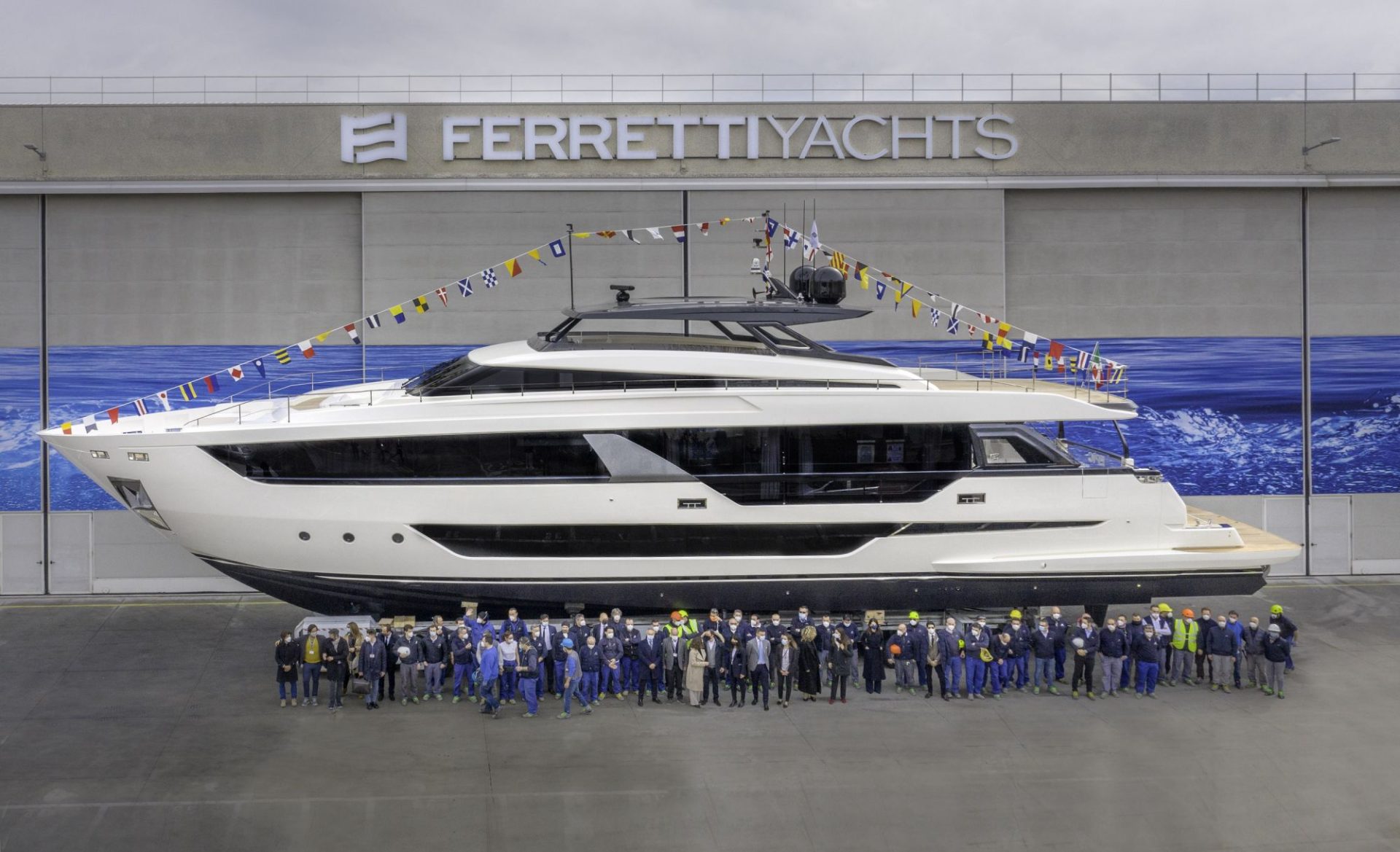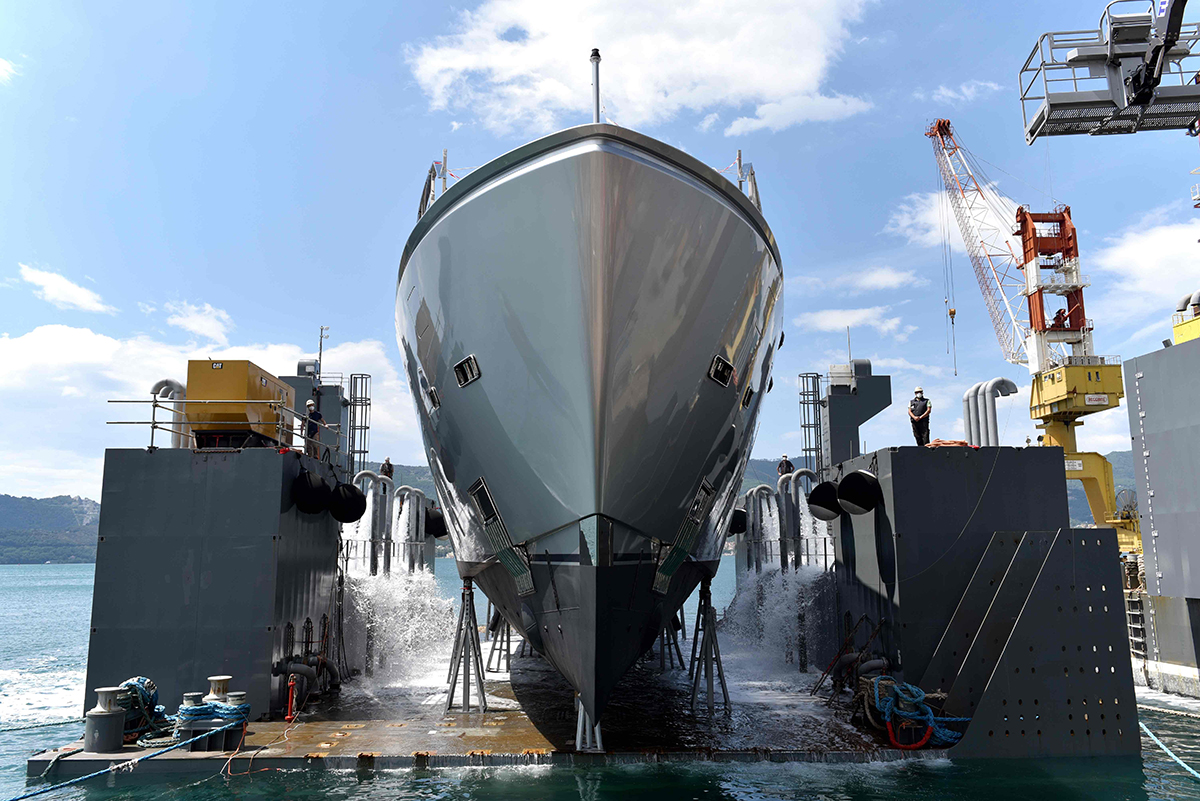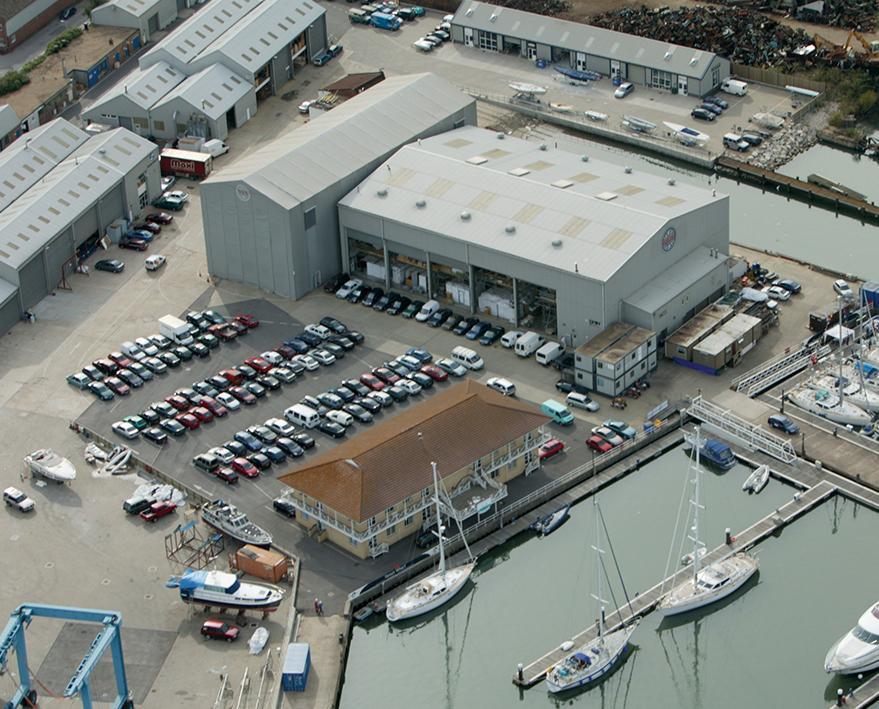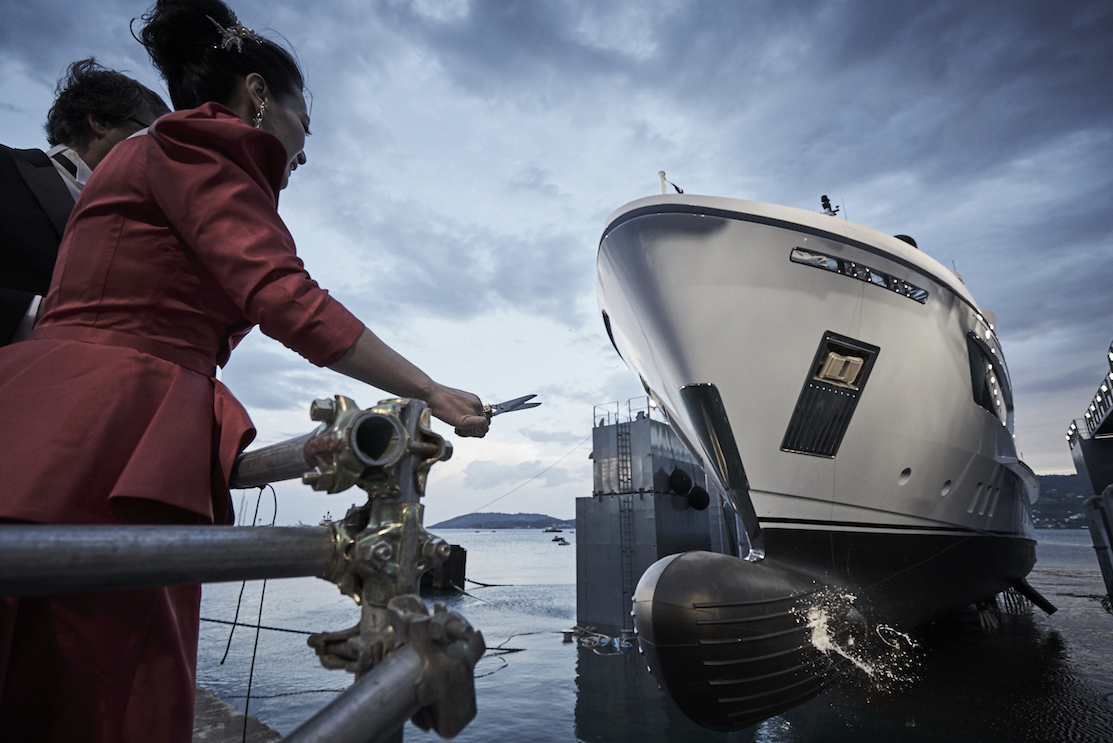Overall, in Europe, Candover, Permira, Goldman Sachs, Bain, Rhone Capital, Oxford Investments, Balmoral, 3i, Alchemy, Anchorage, Oaktree and others, together with private individuals and senior and mezzanine financiers, wrote off combined losses of well over €5 billion (AU$7,903,961,010) between 2007 and 2013 as trophy brand values were readjusted.
As a significant aspect of the subsequent restructuring, outsourcing production to lower-cost labour markets have also been a successful strategy in Europe. Beneteau’s acquisition of Delphia Yachts is a strategic decision to use Delphia’s manufacturing in Poland, where overall more than 20,000 boats are being built on average per year across a wide spectrum.
The huge success of Axopar powerboats has in a large part been down to its decision to build in Poland, and the Hanse Group leverages an extensive operation in Poland just across the border from its headquarters in northern Germany.
Two other key aspects are creating energy for consolidation. There are significant changes taking place in the retail distribution side and in the supply chain, particularly in the US where there is a big overlap between the recreational vehicle (RV) market and the boating sector.
The American retail side is consolidating and demanding even higher dealer margins from boatbuilders so economies of scale in production become more essential.
The huge group MarineMax, now with nearly US$2 billion (AU$2,663,569,946) annual sales, has been pushing an acquisition strategy focused on the lifestyle aspects of boating as much as the product itself. Its list of acquisitions includes SkipperBuds marina operations, the superyacht/charter broker Fraser Group, and the Northrop and Johnson brokerage, together with a marine insurance agency.
MarineMax and OneWater, another US mega-dealer – both listed companies – have stronger balance sheets than the builders whose brands they distribute and this type of shift in power changes manufacturing strategies, particularly when these large players can insist on buying product landed US so the European manufacturer has to take the import risk.
Lippert Components and Patrick Industries in the US – two more listed companies – both supply the RV and marine market and are also pursuing aggressive acquisition strategies creating scale, synergy and research and development prowess while diversifying risk across end-user markets.
On the electronics side, Furuno, Garmin and others have also been driving strategies that keep their reliance on the marine leisure sector in balance. In the mast business, Southern Spars acquired its competitor Hall Spars and integrated the Future Fibres rigging business, leaving only two key mast suppliers in the superyacht sailing yacht market worldwide: Rondal and Southern Spars.
Of course, there is perhaps a difference between investment from outside funds and consolidation under existing boating umbrella companies. Take Massimo Perotti of Sanlorenzo or the Beneteau family, for example. They’ve been involved in the industry for a long time and have a deep understanding of how the business works. Also, the leveraged debt side of private equity only works if you can scale up the business, and people forget or don’t realise that the boat industry is mainly manufacturing, and in fairly small numbers.









